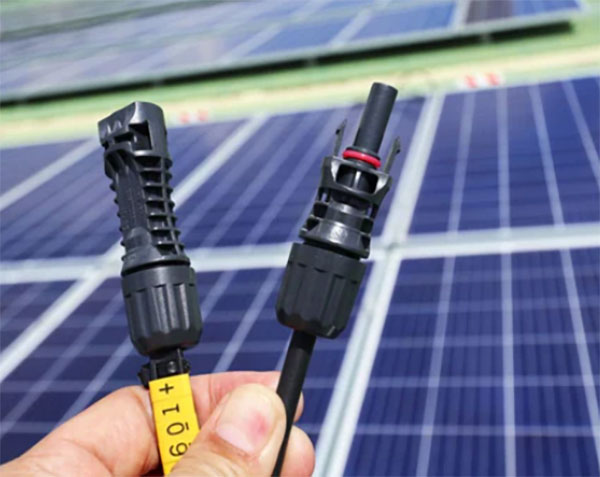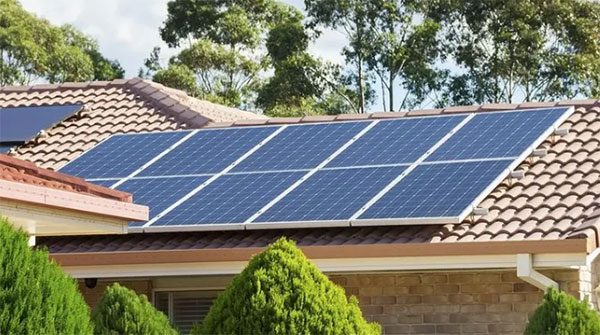Description
The standard color code for solar panel wiring is red for positive, black for negative, and green or bare for grounding.
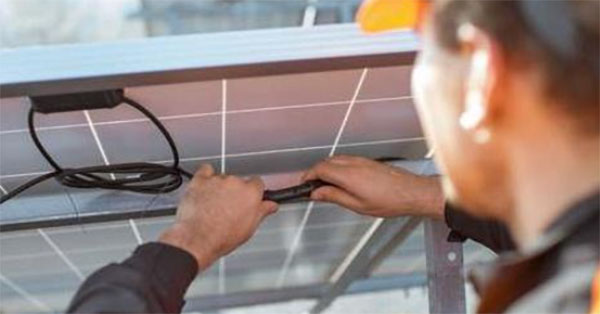
Solar Panel Wiring
Solar panel wiring forms a crucial aspect of solar system installations, ensuring the efficient transfer of electricity from the panels to the inverter and then to the grid or storage batteries. This process involves selecting the right type and size of wires to optimize energy transmission and minimize losses.
Basics of Solar Panel Wiring
When installing solar panels, wiring correctly is vital to ensure safety and efficiency. Solar panel systems typically operate at a voltage range of 12V to 48V, and the wiring must support this voltage level. The wiring layout usually follows a series, parallel, or combination arrangement, depending on the system’s voltage and current requirements. In series connections, the voltage increases while the current remains the same, ideal for systems with long wire runs. Parallel connections, however, keep the voltage constant but increase the current, suitable for large-scale installations.
Proper insulation and protection against environmental factors like UV radiation and moisture are essential for longevity and safety. The use of
conduit for outdoor wiring is common to provide additional protection. Also, grounding the system adequately is mandatory to prevent electrical hazards.
Types of Wires Used in Solar Panels
Selecting the appropriate type of wire for solar panels hinges on factors like the power capacity of the system, distance between the panels and the inverter, and environmental conditions. The most commonly used wires are:
- Copper Wires: Highly preferred due to their excellent conductivity and durability. They come in different thicknesses, typically ranging from 10 AWG to 14 AWG, to accommodate various power outputs and distances. Copper wires, though more expensive, offer a balance between efficiency and lifespan.
- Aluminum Wires: These are lighter and less expensive compared to copper but have lower conductivity. They are often used for large installations where the cost becomes a significant factor. The typical size range for aluminum wires is 12 AWG to 16 AWG.
- Tinned Copper Wires: These are copper wires coated with tin to resist corrosion and are particularly useful in humid or salty environments. Tinned wires maintain conductivity and durability even under harsh conditions.
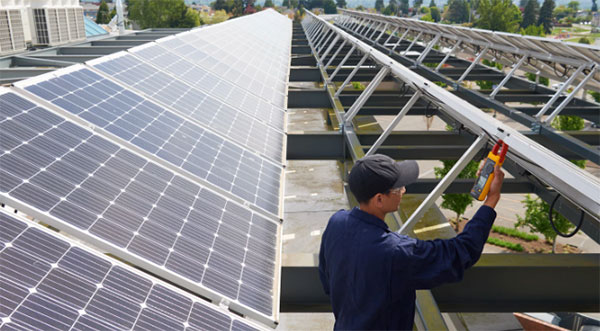
Color Codes for Solar Panel Wiring
Proper color coding in solar panel wiring is crucial for ensuring safety, ease of installation, and maintenance. It helps in identifying different wires and their functions, thus preventing mishaps and ensuring efficiency in power transmission.
Standard Color Coding Practices
In the realm of solar panel wiring, standard color codes are adhered to for easy identification of positive, negative, and grounding wires. Typically, the positive wires are red, indicating the flow of electric current from the panel. The negative wires are usually black, signifying the return path of the current to the source. For grounding wires, green or bare copper is commonly used, which is crucial for safety to prevent electric shocks.
These color standards are not just a matter of convenience but are often mandated by electrical codes to ensure uniformity and safety across installations. For instance, using the wrong color for a negative wire could lead to dangerous confusion, especially during maintenance or troubleshooting.
Interpretation of Color Codes in Solar Wiring
Interpreting these color codes correctly is essential for anyone working with solar panel installations. For instance, in a typical 12V system, the red (positive) and black (negative) wires connect the solar panels to the charge controller, and from there to the battery bank and inverter.
Understanding these codes also helps in calculating wire size and capacity. For example, a 12V system with a current of 10A would require a wire gauge that can handle the power load without overheating. According to the
American Wire Gauge (AWG) standard, a 14 AWG wire would be sufficient for this capacity, considering the distance and power loss.
In solar power systems, using the right wire size and color not only ensures the efficiency of power transmission but also significantly reduces the risk of electrical fires. It is always advisable to refer to the National Electrical Code (NEC) or equivalent standards in your region to ensure compliance and safety.
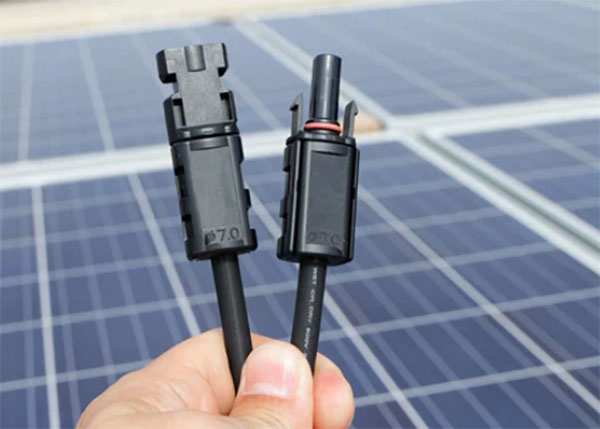
Installation Guidelines for Solar Panel Wiring
Installing solar panel wiring correctly is vital for the safety and efficiency of the solar power system. The process involves careful planning, adherence to safety standards, and understanding of electrical principles.
Steps for Proper Wire Connection
To ensure a successful solar panel wiring installation, follow these detailed steps:
- Plan the Layout: Determine the most efficient layout for your solar panels, considering the direction of the sun and the available space.
- Select Appropriate Wire Size: Base this on the system’s power output and distance between panels and inverter. For a system with a 20A current and a 30-foot distance, a 10 AWG wire is typically sufficient.
- Color Code Adherence: Use the standard color codes for wiring – red for positive, black for negative, and green or bare copper for ground.
- Connect Panels to Charge Controller: Ensure the positive and negative wires from the solar panels connect to the corresponding terminals on the charge controller.
- Wire Panels in Series or Parallel: Depending on your voltage and current requirements, connect the panels in series or parallel.
- Install Safety Fuses: Place fuses between the solar panels and charge controller to prevent overloading.
- Ground the System: Connect the grounding wire to a grounding rod to prevent electrical hazards.
- Test the Connections: Before activating the system, test all connections with a multimeter to ensure they are secure and correctly configured.
Importance of Following Color Codes in Installation
Adhering to color codes during solar panel wiring installation is crucial for several reasons:
- Safety: Proper color coding reduces the risk of electrical accidents during installation and maintenance.
- Ease of Maintenance: It simplifies identifying and troubleshooting wires during repairs or upgrades.
- Regulatory Compliance: Most local and national electrical codes mandate specific color coding for wiring to ensure uniformity and safety.
- Efficiency: Correct wiring ensures optimal performance of the solar power system.

Maintenance and Troubleshooting of Solar Panel Wiring
Regular maintenance and effective troubleshooting are crucial for the longevity and efficiency of solar panel systems. Proper care ensures the wiring remains in good condition, minimizing the risk of performance loss or safety hazards.
Routine Check-ups for Wire Integrity
Performing routine check-ups is essential in maintaining the integrity of solar panel wiring. Here's a detailed approach:
- Inspect for Physical Damage: Regularly check wires for any signs of wear, tear, or damage. Look for frayed wires, loose connections, or corrosion, especially in outdoor installations.
- Test Voltage and Current: Use a multimeter to measure the voltage and current at different points in the system. Compare these readings with expected values to ensure the system operates at optimal efficiency.
- Check Wire Insulation: Inspect the insulation around the wires for any cracks or damage, which could lead to short circuits or decreased efficiency.
- Ensure Proper Grounding: Verify that the grounding connections are secure and intact. A poorly grounded system can be a significant safety hazard.
- Clean Panels and Wires: Dirt and debris can accumulate on solar panels and wires, hindering performance. Regular cleaning ensures maximum sunlight absorption and efficient power transmission.
Identifying Issues Through Color Code Analysis
Understanding and analyzing color codes is vital in troubleshooting solar panel wiring issues:
- Detect Incorrect Connections: By knowing the standard color codes (red for positive, black for negative, green or bare for ground), you can quickly identify and correct any incorrectly connected wires.
- Identify Worn-Out Wires: Discoloration in wires can indicate overheating or wear, which could lead to inefficiencies or safety risks.
- Troubleshoot Power Output Issues: By checking the color-coded wires at different system points, you can isolate sections with potential issues, like voltage drops or current leakage.
- Safety Checks: Ensure that the color-coded wires are correctly used throughout the system to prevent any accidental short circuits or electrical hazards.
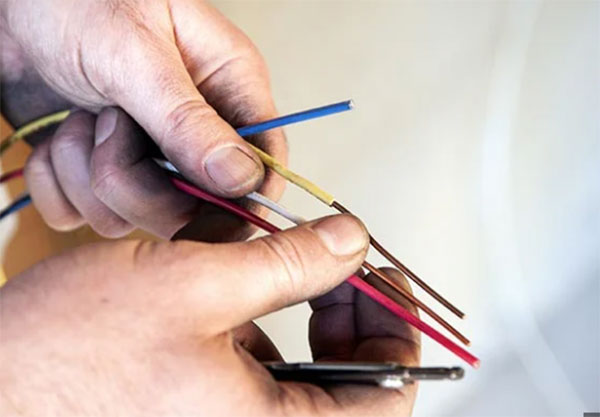
Regulations and Compliance in Solar Panel Wiring
Adhering to regulations and compliance standards in solar panel wiring is critical for safety, efficiency, and legal conformity. These standards ensure that solar installations meet the required safety norms and operate optimally.
National and International Standards for Wire Color Coding
Different countries and regions follow specific standards for wire color coding in solar installations:
- United States: The National Electrical Code (NEC) dictates red for positive, black for negative, and green or bare copper for grounding.
- European Union: The IEC standard is commonly used, with blue for negative, brown for positive, and green-yellow for grounding.
- Australia: The AS/NZS 3000 standard is followed, similar to the IEC with slight variations.
These color codes are not just for ease of installation but are crucial for safety and maintenance. For instance, using the wrong color code in a high-power solar system, which might involve voltages up to 600V and currents up to 40A, can lead to severe electrical hazards.
Ensuring Compliance with Safety Regulations
To ensure compliance with safety regulations in solar panel wiring, consider these key points:
- Use of Certified Materials: Always use wires and components that meet the quality and safety standards set by relevant authorities.
- Regular Inspections: Conduct regular inspections and audits to ensure adherence to the latest safety standards and regulations.
- Professional Installation: Employ certified professionals for installation and maintenance, ensuring that they follow the prescribed wiring codes and safety practices.
- Documentation and Reporting: Maintain accurate records of installation, maintenance, and inspections as required by local regulations.







